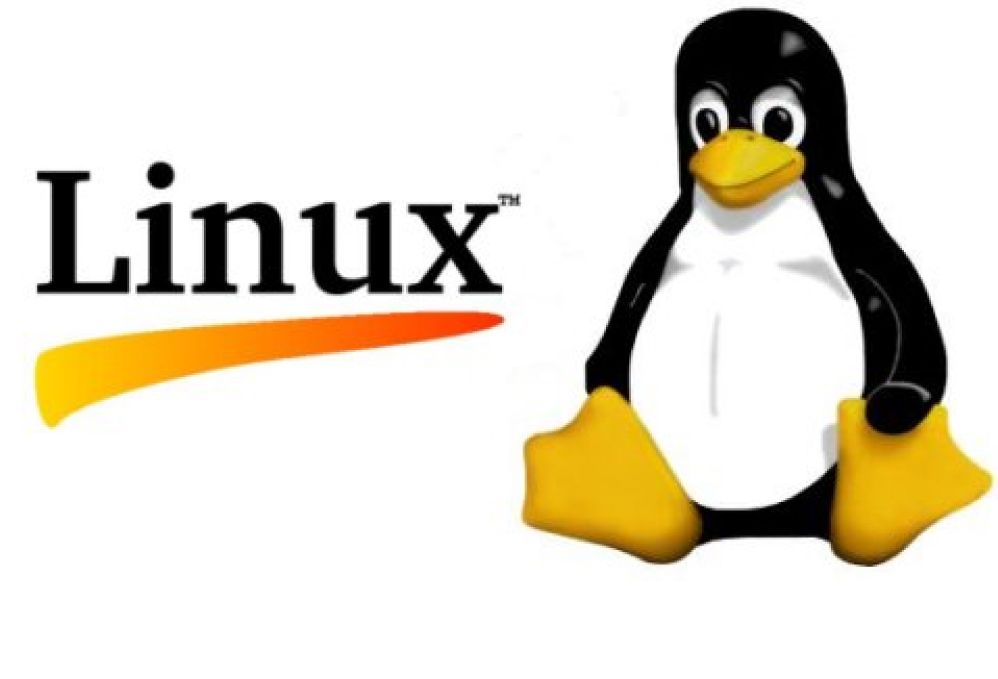Engineers have uncovered a remarkably simple method to significantly increase the speed of Linux computers.
Since 2002, many Linux devices have been hampered by hardware management that is focused on Windows. This may soon change. Keeping billions of transistors in processors efficient has long necessitated sophisticated interfaces between operating systems and hardware, like the chips that have been holding back your Linux computer.
Even though the current ACPI standard succeeded the previous APM standard in 1996, it was still flawed in one significant way more than twenty-five years ago.
The majority of testing done by computer engineers is done on Windows because it has been the de facto standard for so long, leaving Linux distributions and macOS largely unconsidered when using third-party chips like AMD processors.
Apple has found a way to improve the overall performance of the processors it uses in its computers by developing its own silicon. The second generation of the company's M-series chips is available, but the Linux Foundation cannot afford to upgrade to them.
The report goes on to recall Linux creator Linus Torvalds' thoughts on the revised ACPI standard from 2003, when he said:
"ACPI's design is flawed in every possible way. Unfortunately, we have little choice. If any Intel employees are listening and were involved with ACPI, they should "take care of business" by killing themselves immediately".
Troubled machines were slow to react to STPCLK# signals, which determine whether a core should idle. As a result, the efficiency with which the system used power dropped, prompting the addition of dummy I/O instructions.
Even though this is no longer an issue, AMD engineer K Prateek Nayak discovered that Linux computers are still using the fake instructions on their chips. Since Intel chips use a different method for idling a core, they will be unaffected by the "hasty patch" that The Register reports was implemented by Intel's Dave Hansen. The result is a claimed 14-fold increase in minimum throughput and a throughput boost of slightly more than half in the mean.
Ultimately, as we move deeper into the 2020s, much of the third-party hardware we see on the market is still developed primarily with Windows in mind, and it is likely that adjustments from keen engineers will continue to drive improvements for less popular operating systems.







